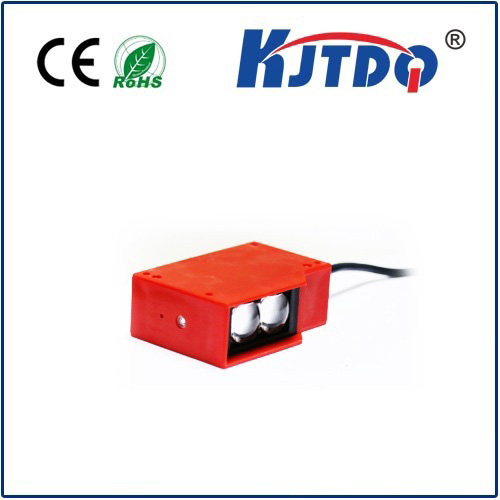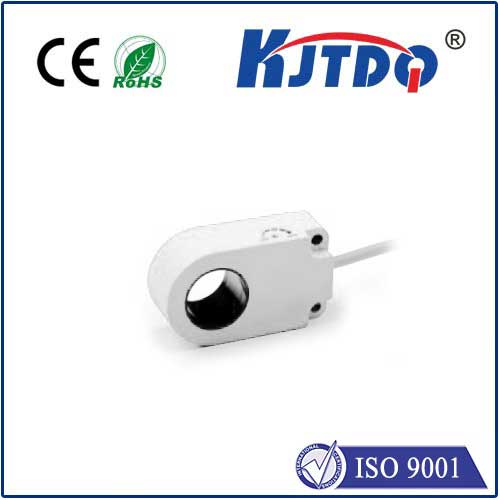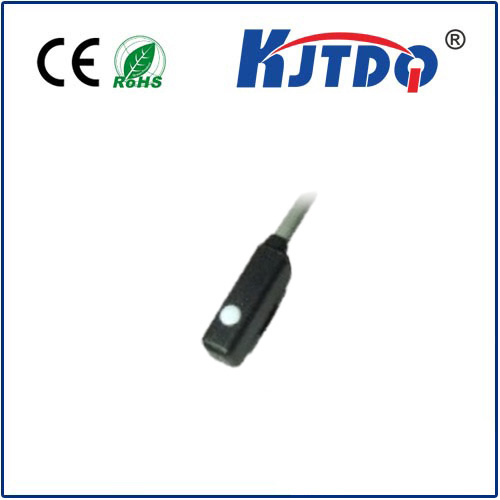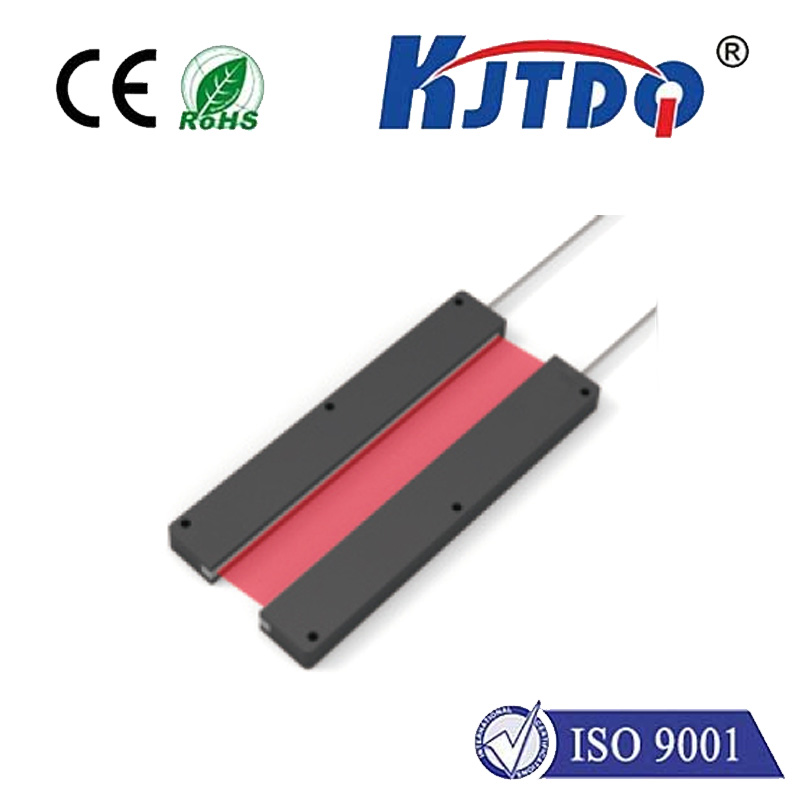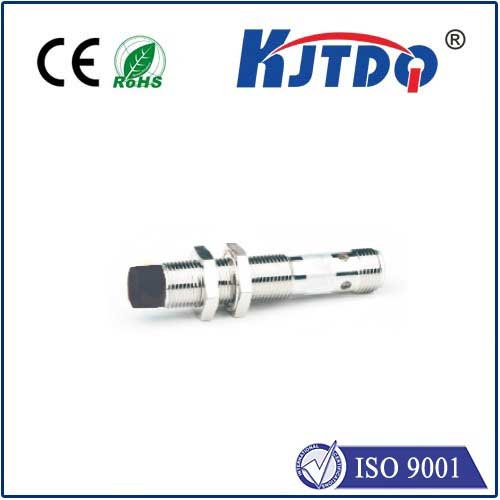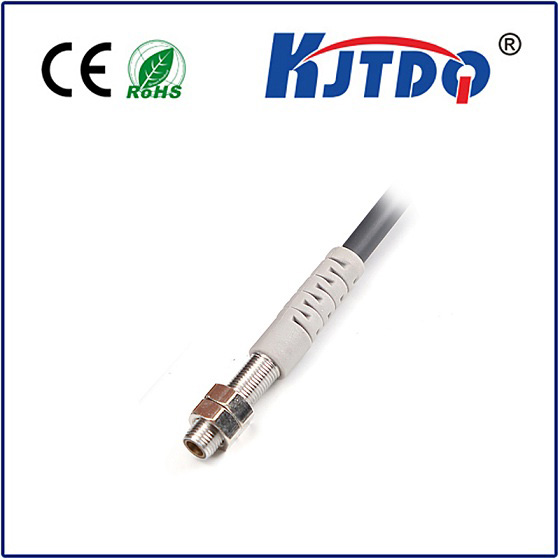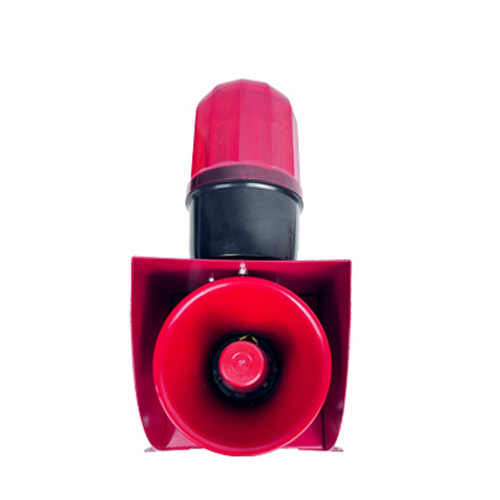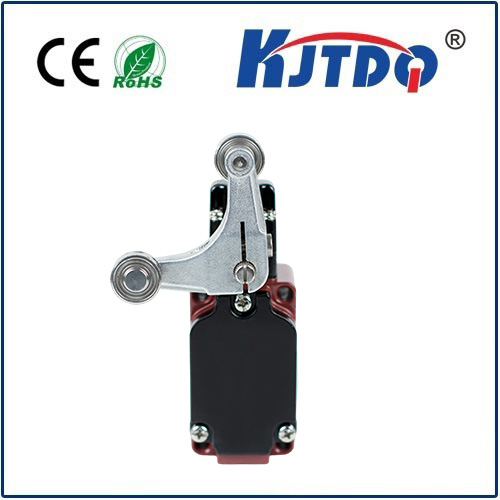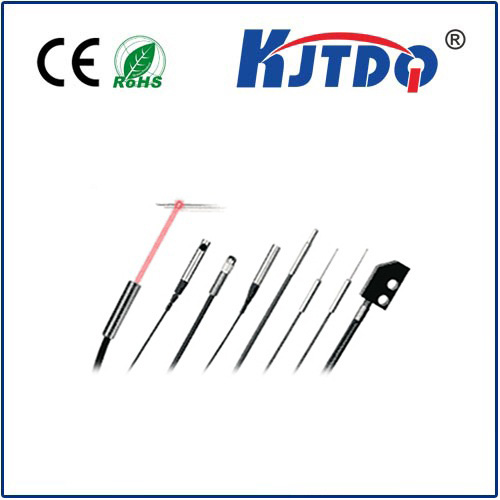rotating torque sensor
- time:2025-08-13 14:26:43
- Нажмите:0
The Essential Guide to Rotating Torque Sensors: Powering Precision Measurement in Motion
Imagine harnessing the raw, twisting force of an engine crankshaft, measuring the delicate torque driving a robotic arm, or validating the power output of an electric motor under real-world operating conditions. This isn’t science fiction; it’s the critical data captured daily by rotating torque sensors. These sophisticated instruments are the unsung heroes enabling engineers to optimize performance, ensure safety, and drive innovation across countless industries where rotational force matters. Understanding their function, applications, and selection is paramount for modern engineering endeavors.
What Exactly is a Rotating Torque Sensor?
At its core, a rotating torque sensor (also frequently called a rotational torque transducer) is a device specifically designed to measure the torque – the rotational force or moment – applied to a rotating shaft. Unlike static torque measurement (like tightening a bolt), these sensors operate dynamically, capturing data on shafts spinning at varying speeds, often under demanding environmental conditions.
Think of it as a sophisticated bridge integrated inline with the rotating driveline. As torque is applied, twisting the shaft, the sensor transduces this physical deformation into an electrical signal proportional to the torque. The key challenge? Accurately measuring this twist and transmitting the signal from the rotating shaft to a stationary data acquisition system.
How Do Rotating Torque Sensors Work?

The most common principle relies on the strain gauge. Here’s the breakdown:
- Strain Gauges: Precisely applied strain gauges (electrical resistors) are bonded to the sensor’s torsionally elastic measurement body (typically a shaft section).
- Torsional Deformation: When torque is applied, the measurement body twists minutely. This deformation causes the attached strain gauges to stretch or compress.
- Resistance Change: The physical deformation alters the electrical resistance of the strain gauges. Compression increases resistance, tension decreases it.
- Wheatstone Bridge: The strain gauges are strategically arranged in a Wheatstone bridge circuit configuration. This arrangement magnifies the small resistance changes into a measurable voltage output signal proportional to the applied torque.
- Signal Transmission: This is where it gets interesting for rotating applications. Getting the signal off the spinning shaft requires specialized methods:
- Slip Rings: Traditional method using conductive rings on the shaft and stationary brushes. Can handle high bandwidth but face wear, noise, and maintenance issues.
- Rotary Transformers: Utilize inductive coupling. Contactless, reliable for lower bandwidth signals, but introduce phase shift.
- Non-Contact Telemetry (Modern Standard): Employs radio frequency (RF) transmission. A small transmitter on the rotating shaft sends data wirelessly to a nearby stationary receiver. This method offers excellent reliability, high bandwidth, and minimal noise, eliminating the friction and wear problems of slip rings.
Why Are They So Important? Key Applications
Rotating torque sensors provide the critical data needed for performance validation, efficiency testing, quality control, and predictive maintenance. Their applications span numerous fields:
- Automotive & Aerospace: Testing engines, transmissions, gearboxes, turbochargers, propellers, and landing gear systems under realistic dynamic loads. Measuring powertrain efficiency and braking systems is crucial.
- Electric Motors & Drives: Characterizing motor performance (torque, speed, power), optimizing controller algorithms, measuring starter motors, and testing generators.
- Промышленное оборудование: Monitoring torque on pumps, compressors, conveyors, mixers, agitators, and extruders for process control, efficiency improvements, and avoiding costly overloads.
- Product End-of-Line Testing: Verifying torque specifications on assembled products like power tools, pumps, appliances, and gearboxes before shipment.
- Research & Development: Fundamental testing of materials, bearings, couplings, and drive systems under controlled rotational forces.
- Wind Energy: Testing gearboxes and generators, monitoring drivetrain health within wind turbines.
Choosing the Right Rotating Torque Sensor: Critical Factors
Selecting the optimal sensor requires careful consideration of several parameters:
- Torque Capacity (Range): The maximum and minimum torque levels the sensor needs to measure accurately. Oversizing or undersizing significantly impacts accuracy.
- Speed Range: The operational rotational speeds (RPM) the sensor must handle without mechanical failure or signal degradation.
- Accuracy & Linearity: How closely the sensor’s output matches the true torque value across its entire range. High accuracy is vital for R&D and calibration.
- Frequency Response: The sensor’s ability to track rapid torque fluctuations. Crucial for dynamic applications like testing transmissions or detecting vibrations.
- Output Signal: Common outputs include analog (±10V, 4-20mA) or digital options (CANbus, Ethernet, USB).
- Physical Constraints: Shaft dimensions (diameter, length for overhung loads), coupling types (flanged, keyed, square drive), and sensor weight/inertia affecting system dynamics.
- Environmental Factors: Temperature range, humidity, exposure to dust, fluids, or EMI/RFI interference. IP ratings indicate sealing effectiveness.
- Non-Contact Telemetry: For most modern applications, RF telemetry systems are preferred due to their robustness, lack of wear parts, and high data quality. Evaluate the system’s update rate, range, and susceptibility to interference.
- Calibration: Ensure the sensor comes with a valid traceable calibration certificate. Regular recalibration is essential for maintaining accuracy.
The Future of Rotating Torque Measurement
The drive for more data, higher efficiency, and smarter systems continues to push the boundaries. Trends include:
- Integrated Solutions: Sensors becoming more intelligent, combining torque, speed, angle, and sometimes power measurement into a single compact unit with onboard processing capabilities.
- Miniaturization: Development of smaller, lighter sensors for applications in robotics, medical devices, and micro-motors.
- Wireless Advancements: Enhanced telemetry systems offering higher bandwidth, longer range, and better noise immunity. Integration with Industrial IoT (IIoT) platforms.
- Higher Bandwidth: Sensors capable of capturing ever-faster torque transients for analyzing complex drivetrain behavior and NVH (Noise, Vibration, Harshness).
Integrating Precision into Rotational Systems
Selecting and implementing a rotating torque sensor isn’t just about buying a device; it’s about integrating a critical data source into your drivetrain or test setup. Proper installation (ensuring secure, aligned coupling and minimizing extraneous forces/bending moments) and signal conditioning are vital to achieving meaningful results. Partnering with experienced sensor manufacturers or application engineers can ensure you get the right solution configured correctly for your specific challenge. This upfront investment in accuracy pays dividends in reliable data, optimized design, assured quality, and ultimately, superior product performance.
Rotating torque sensors are fundamental tools for quantifying the invisible forces that drive our world. By translating rotational effort into actionable data, they unlock deeper understanding and precision in virtually any system where something spins, empowering engineers to build better, safer, and more efficient machines.

